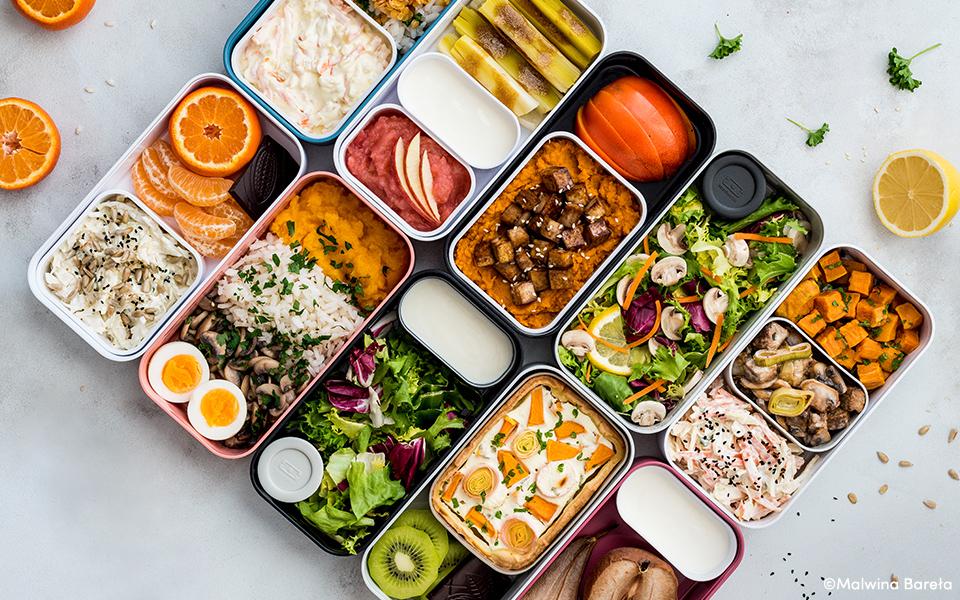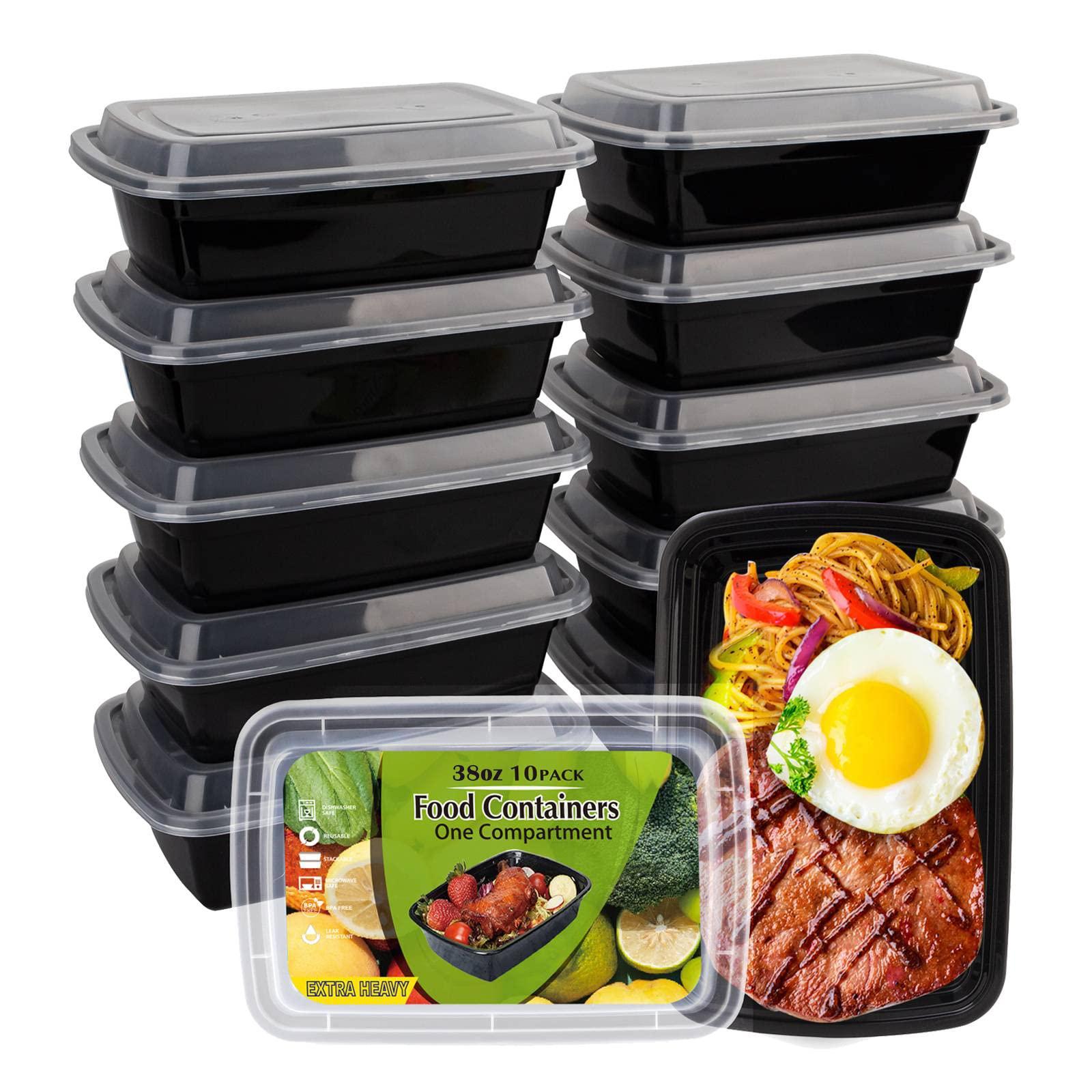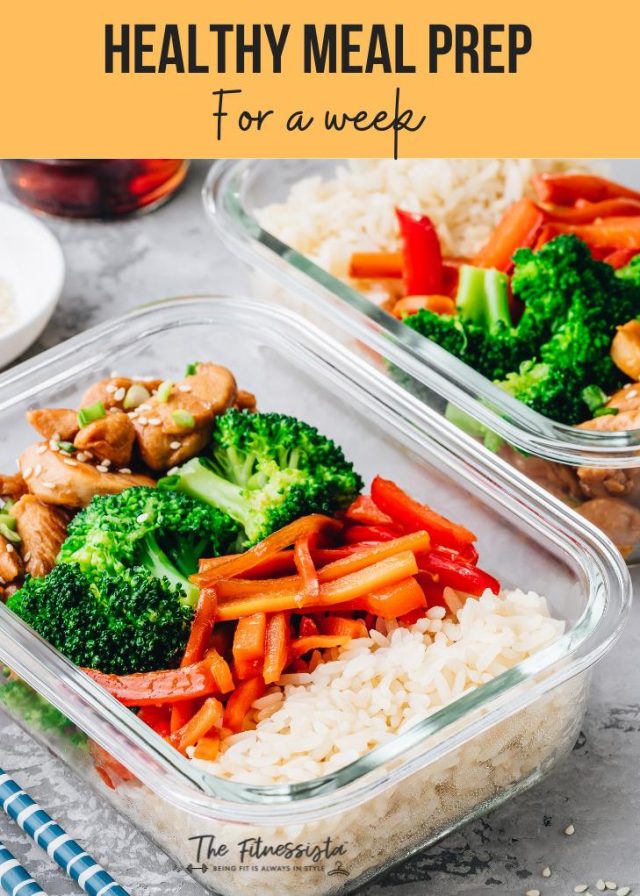In today’s fast-paced world, finding the time and resources to maintain a healthy diet can often feel like a daunting task. Between juggling work, family, and personal commitments, it’s easy to fall into the trap of convenient but unhealthy eating habits. However, with a little planning and preparation, you can enjoy nutritious meals without breaking the bank or sacrificing your valuable time. This article is here to guide you through practical and easy-to-implement meal prep tips that will not only support your health goals but also help you manage your budget more effectively. Whether you’re a busy professional, a parent on the go, or simply someone looking to streamline their eating habits, these strategies are designed to fit seamlessly into your lifestyle, offering you the peace of mind that comes with knowing you’re taking care of yourself and your loved ones. Let’s embark on this journey together, discovering how small changes in your meal prep routine can lead to big rewards in your daily life.
Plan Your Weekly Menu with Budget-Friendly Ingredients
Creating a weekly menu doesn’t have to be a daunting task. With a little planning, you can whip up delicious meals using affordable ingredients that won’t break the bank. Start by incorporating versatile staples like beans, lentils, and grains. These ingredients are not only budget-friendly but also pack a nutritional punch. Try cooking a large batch of quinoa or brown rice at the start of the week to serve as a base for multiple meals.
- Beans and Lentils: Use them in soups, salads, or as a meat substitute in tacos.
- Whole Grains: Quinoa, barley, and brown rice can be mixed with veggies for a quick stir-fry.
- Seasonal Vegetables: Opt for what’s in season to get the best prices and flavors.
Utilize the power of batch cooking to save time and effort. Prepare large portions of soups, stews, or casseroles that can be easily portioned out and stored for later. Freezing meals is another excellent strategy, ensuring you always have something healthy and homemade ready to go. Here’s a quick reference table to help you organize your meal prep:
| Day | Main Ingredient | Meal Idea |
|---|---|---|
| Monday | Chickpeas | Chickpea Salad |
| Wednesday | Quinoa | Quinoa Stir-Fry |
| Friday | Lentils | Lentil Soup |

Master the Art of Batch Cooking for Quick Weeknight Dinners
Imagine coming home after a long day, knowing dinner is just a few minutes away from being served. Batch cooking is your secret weapon for stress-free, nutritious meals. Here’s how to embrace this method and make weeknight dinners a breeze:
- Choose Recipes Wisely: Opt for meals that store well and taste even better as leftovers. Think hearty stews, casseroles, and grain-based salads.
- Plan Your Portions: Determine the number of servings you need for the week. This helps in reducing waste and ensures everyone is well-fed.
- Organize Your Storage: Use clear, labeled containers to store prepped ingredients and cooked meals. This makes it easy to grab what you need without confusion.
To keep track of your meal prep, use the table below as a quick reference guide:
| Meal | Storage Time (Fridge) | Reheating Tips |
|---|---|---|
| Chili Con Carne | Up to 5 days | Reheat on stove with a splash of water |
| Quinoa Salad | Up to 4 days | Enjoy cold or at room temperature |
| Vegetable Stir-fry | Up to 3 days | Reheat in a skillet for added crispness |
By mastering these techniques, you’ll not only save time but also cut down on your grocery bills, all while ensuring your family enjoys delicious, home-cooked meals every night.

Optimize Your Kitchen Space for Efficient Meal Prep
Transforming your kitchen into a meal prep haven doesn’t require a major overhaul. By making a few strategic adjustments, you can streamline your cooking process and create a more efficient environment. Start by decluttering your countertops. Remove any appliances or items that aren’t used daily. This will give you more space to work and keep your kitchen looking tidy.
- Designate specific zones for chopping, mixing, and cooking.
- Store frequently used ingredients and utensils within arm’s reach.
- Utilize vertical storage options like wall-mounted racks or magnetic strips.
Invest in multi-functional tools that save both space and time. For example, a food processor can chop, slice, and blend, reducing the need for multiple gadgets. Additionally, consider using stackable containers for storing prepped ingredients, maximizing your fridge space. By organizing your kitchen effectively, you create a more inviting space that encourages healthier eating habits.
| Item | Purpose | Space-Saving Tip |
|---|---|---|
| Food Processor | Chopping, slicing, blending | Replaces multiple tools |
| Magnetic Knife Strip | Knife storage | Frees up drawer space |
| Stackable Containers | Ingredient storage | Maximizes fridge space |

Store and Reheat Your Meals Safely to Maximize Freshness
Ensuring your meals remain fresh and safe to eat is crucial in meal prepping. To maximize freshness, follow these key guidelines:
- Cool Down Quickly: After cooking, allow your meals to cool down quickly by transferring them to shallow containers. This helps prevent bacterial growth.
- Label and Date: Always label your containers with the name of the dish and the date it was prepared. This helps you track how long the food has been stored.
- Use Airtight Containers: Invest in high-quality, airtight containers to keep meals fresh longer and avoid cross-contamination in the fridge.
When it comes to reheating, safety is just as important. Follow these tips to ensure your meals are as delicious as when you first prepared them:
- Reheat Evenly: Stir or rotate food halfway through reheating to ensure even heat distribution and to kill any bacteria.
- Use the Right Temperature: Make sure your meals reach an internal temperature of 165°F (74°C) to be safely consumed.
- Microwave with Care: If using a microwave, cover the food to retain moisture and prevent splattering.
| Food Type | Fridge Storage (Days) | Freezer Storage (Months) |
|---|---|---|
| Cooked Chicken | 3-4 | 2-6 |
| Steamed Vegetables | 3-5 | 8-12 |
| Cooked Rice | 4-6 | 6-8 |








































